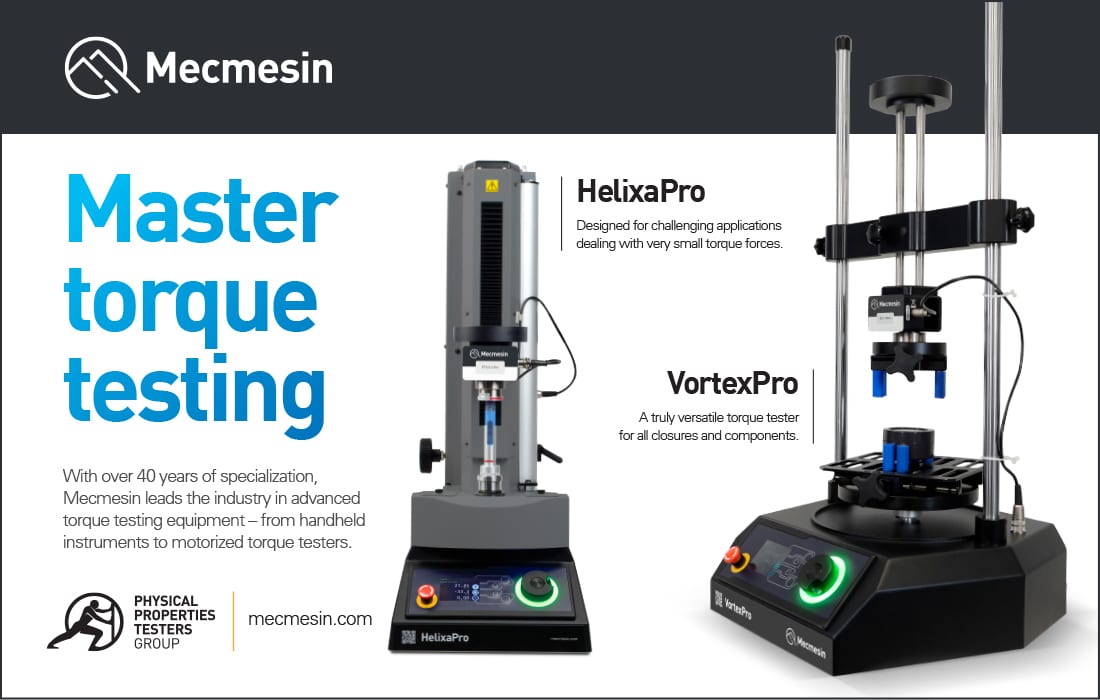Column
John Vandenbemden
Column | John Vandenbemden
If you are not familiar with control plans there are three types of quality plans referred to as control plans as outputs of APQP.
The AIAG Control Plan Manual

Control Plans is a popular quality planning tool that has roots in the automotive industry. The fact that it is an effective tool for quality planning has resulted in its use in many other industries such as heavy equipment, medical devices, and aerospace. The requirements for the control plan were originally defined in the AIAG APQP and Control Plan Second Edition Reference Manual. Effective March 1, 2024, there is a standalone Control Plan Reference Manual that maintains the linkages between the other core tools under APQP.
Several factors were the drivers for this separation and the need for providing more guidance for creating and using control plans. The guidelines support the requirements of IAFT 16949 and applicable customer specific requirements. An example of these factors is:
- Terms and concepts have changed with IATF 16949 and the VDA FMEA Handbook.
- There has been numerous feedback, lessons learned and best practices since the 2nd Edition APQP and Control Plan was published in 1995.
- Technology has changed the playing field that we work in. Functions identified in the Control Plan are embedded in automated systems.

Caption
The standard provides a systematic approach to sampling without overtaxing resources.
P - Main body. paragraph of text goes here. Main body. paragraph of text goes here. Main body. paragraph of text goes here.
“Pull Quote Goes Here”
The Control Plan manual provides guidance and is not prescriptive. The implementation of the control plan needs to be the fulfillment of customer requirements and be specific to the processes of the organization. The control plan manual states the following benefits.
- “To create a common language for the Control Plan to improve communication within and between organizations and their suppliers and customers.
- A reduction in the complexity of Control Plans for the customers and organizations.
- To facilitate visualization and confirmation of appropriate product and process control throughout the supply chain, especially controls related to special characteristics.”
If you are not familiar with control plans there are three types of quality plans referred to as control plans as outputs of APQP.
The development of a Control Plan is an important phase of the process for quality planning.
The development of a Control Plan is an important phase of the process for quality planning, as defined in the AIAG Advanced Product Quality Planning manual. Control Plan is listed as an OUTPUT of APQP in the following stages:
- Prototype Build Control Plan during Product Design/Development
- Pre-Launch Control Plan (includes Safe Launch) during Process Design/Development
- Production Control Plan (includes Sale Launch) during Product and Process Validation
The structure of the AIAG Control Plan Reference manual is like the other AIAG reference manuals. It is laid out to provide effective development and utilization of Control Plans:
- Chapter 1: Control Plan Requirements and Guidelines
- Chapter 2: Control Plan Development
- Chapter 3: Control Plan Phases (Prototype, Pre-Launch, Production)
- Chapter 4: Effective Use of Control Plans
- Appendix A: Examples of Control Plans for key Process Types
- Appendix B: Forms and Checklists
- Appendix C: Reference Material
- Appendix D: Sector Specific Guidance
- Appendix E: Glossary
- Appendix F: Index
The AIAG Control Plan Reference Manual can be purchased from AIAG. Additional information on Control Plans can be also obtained by accessing the AIAG Website.

